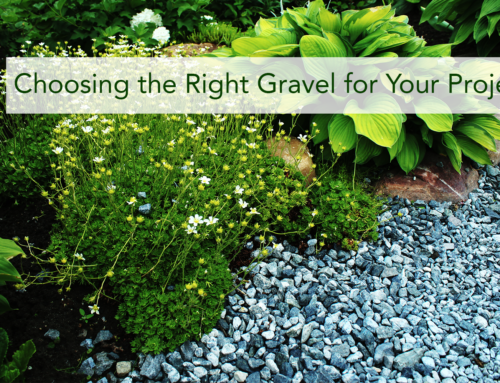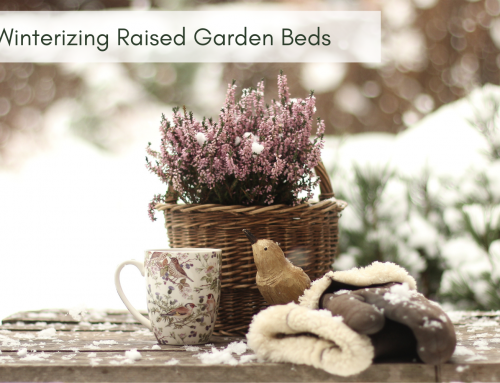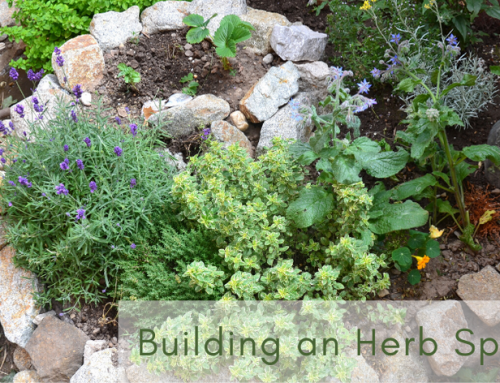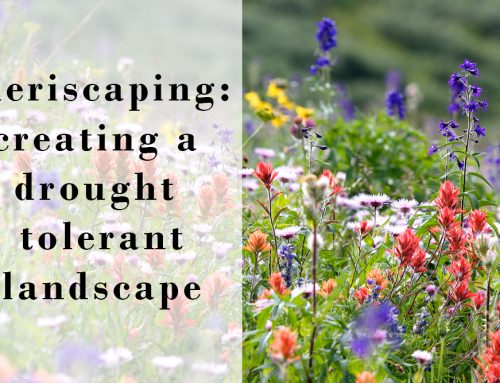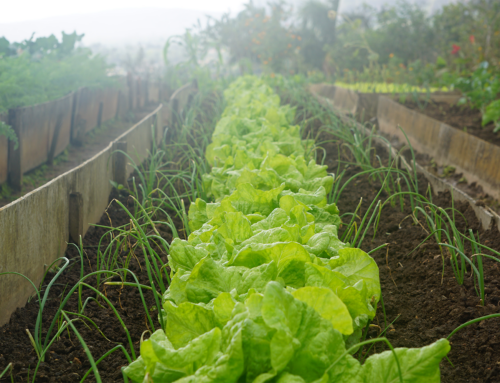Pets are great to have and make great companions. Sometimes though, they can make a mess of your landscape. You also have to be careful of the plants you install in your landscaping. And you have to watch the treatments, chemicals, and fertilizers used to make sure they are pet friendly.
Create natural barriers
Natural barriers can help pets realize what is their territory and what is not. Planting a row of shrubs, bushes, and other plants that are taller than your pet can deter them from certain areas. Pets are usually more likely to stick to the more open areas of the yard. Installing borders and retaining walls can also help them realize where the limits are. Animals use visual clues to realize the limits of their territory.
Install more hardscaping and try xeriscaping
Dogs and cats can really dig up a landscape. If they’re making a big mess of things, install more hardscape in certain areas. Hardscaping refers to sidewalks, pathways, retaining wall, stone installations, and other man made installations. If your dog has a certain path that they’ve worn down and always walk, install a pathway there. Don’t try to prevent them from getting to areas they’ve already claimed by planting things like thorny bushes.
If you want a low maintenance landscape that is very resistant to constant wear and tear and eco-friendly, try xeriscaping. Xeriscaping is landscaping in a style that requires little or no irrigation. It focuses on using various drought resistant and native shrubs, trees, and flowers. Effective xeriscaping uses native plants, rocks, decorative gravel, and other similar materials. It not only creates an eco-friendly, low maintenance landscape, but is also very hardy and can resist all the wear and tear pets can cause. For more information on the best native plants for our area of Colorado, see this brochure from the Colorado Extension Office.
Choose your plants carefully
Many plants that are commonly used in landscaping are toxic to pets. Most pets tend not to eat the plants, especially ones that are toxic. But some pets just really like to chew or eat anything. In cases like this, make sure toxic plants are out of reach or out of your yard. Plants such as daffodils, tulips, irises, hostas, lily of the valley, clematis, elephant ears, ivy, and hydrangeas are all toxic.
There are also plants that you can use that are beneficial to pets. Various scented herbs and flowers can repel mosquitoes, fleas, and ticks. Try planting such things as rosemary, mint, catnip, sage, lavender, and marigolds. These plants are all known to deter various pests. You can also plant a pet garden. Pets like to chew on such things as the greenery from garlic, wheat or barley grass, alfalfa, and catnip. These plants can provide your pets with something to do and are good for their health.
Use organic when you can
Many yard chemicals, treatments, and fertilizers can be very harmful to your pets. If you really need to treat your yard with a harsh chemical, keep your pets out of the area for the recommended time. If you can, wait until it rains before allowing your pets into the treated area or water the area to rinse it clean. There are now many organic fertilizers and other treatments for your yard that are much safer for you and your pets. Try using some of our compost or other organics!
If you need to stock up on organic fertilizers, mulch, decorative gravel, or other needs for your landscape, feel free to stop in or contact us about any questions you have!


